Summers in Mexico bring the highest temperatures and some of longest days of the year; they also bring refreshing seasonal rains to the regions affected by these, which include the colonial highlands, the Copper Canyon, the sub-tropical jungles of Chiapas, and the states of the Yucatán peninsula.
Mexican summertime begins on or around June 21st each year, although temperatures are already near their peak by mid-spring, and the rain season usually begins in May or June, depending on the region and year, bringing a refreshing change to the long dry-spell of springtime, and also helping to clear the soiled and stale air that tends to accumulate around the valley of Mexico City in the weeks leading-up to the arrival of the rains.
Visiting and living in Mexico during the rain season
Some guides advise against visiting Mexico during the rain season but, as we have remarked elsewhere, that approach would rob you of an opportunity to experience Mexico at one of its finest times of year: when the rains come, the flora show-off their brightest colors and release the delicate subtleties of their natural fragrances; the rivers and lakes swell, and the summer heat is tempered by revitalizing rain.
The ‘snowbirds’ who live in Mexico part time also tend to miss the rainy season, as they arrive in November and leave in April.
When the long-dry spell of the spring is broken, Mexico’s flora and landscapes begin to burst into color. Living in Mexico during the rainy season has its challenges, but with some planning you can live well through it.
Summer is also the season when most of the mosquitoes are active but, as we explain here, it’s not difficult to dress against their nuisance and effective repellents are readily available at local stores and pharmacies across the country. A mosquito net draped over your bed is very effective and enables you to leave the windows open even if they aren’t screened; this lets the cool night air in to ventilate the room naturally with the added enjoyment of falling asleep with birdsong and other soundscapes of Mexico’s nocturnal wildlife.
Canyons and jungles
Summer is an ideal season to experience the Copper Canyon. Situated in the northwest region of Mexico, the rain season starts around July and extends into November. During this time of year, the colors in the canyons radiate their deepest greens, the rivers flow abundantly with water, and the flora and fauna are at their most active. In the far south of the country, in the jungles of Chiapas, the iconic turquoise waters of the Agua Azul waterfalls may turn brown as the heavy rains stir the riverbed’s sediment; if you want to see these rivers at their most picturesque, you’ll need to visit a month or two after the rains have passed.
Summer storms
The high summer heat can also brew storms and hurricanes: as air temperatures in the northern hemisphere heat-up, powerful storms can form over the oceans, and some make landfall in Mexico. It’s impossible to determine with any precision how active or otherwise any given hurricane season will be. Peak hurricane activity typically happens between July and September; by October temperatures are in decline and by late November it’s virtually impossible for these storms come about. If you own a home near the coasts in Mexico, it’s wise to insure your property against hurricane damage.
Summer climates by region in Mexico
How the summer climate in Mexico typically presents itself depends on where you are situated.
Colonial Highlands
In the colonial highlands, mornings tend to be pleasantly warm with temperatures rising gradually through the day and rain storms breaking-out on some afternoons, evenings, or overnight. Most mornings break clear and sunny (even if an overnight storm system passed through), except when there is weather system active in the region (perhaps a tropical storm) which may cause early overcast skies, and cloud cover breaking late morning or early afternoon as temperatures rise. Occasionally, a short run of rainy days may present themselves, especially if a hurricane makes landfall in the same region. It doesn’t typically rain every day during the summer season, although when the rains come, afternoon storms usually clear leaving the late evenings refreshed, and dry. The temperate colonial highlands offer the most agreeable temperatures during the summer months, albeit at elevation.
Along the beach and coastal plains
Temperatures at sea level along the coasts are significantly hotter than those in the highlands, and the coastal humidity is immediately noticeable from sunrise. Afternoon rain storms will either break and leave the evenings cooled-off and dry, or they may persist. When summer tropical storms linger offshore, or a hurricane makes landfall, the coastal regions take the full force of the storm, before Mexico’s impressive mountain ranges break up the weather front causing heavy rains inland. Some of these inland storms may cause flash-flooding even days after the hurricane lands, so additional care should be exercised if you are driving near the coasts at this time of year. Be sure that you’re adequately insured on road trips and if you own a home in Mexico, a good house insurance policy will cover you for floods.
Baja California
Summers on the Baja peninsula are hot inland, and cooler along the coasts. The ‘rain season’ here is short, with most rainfall typically falling in September; this region otherwise enjoys hot, dry summers. The northern reaches of the peninsula (e.g. Ensenada, Tijuana, San Felipe) are cooler, whereas the further south you travel along this remarkable 1,100-mile stretch of land, the hotter it gets, and the lack of rainfall in comparison to other regions in Mexico means that the natural environment here offers little relief from the high summer heat—except, perhaps, for sea breezes along the coast.
Southern regions
As you travel south past the colonial highlands of Oaxaca and cross the lowlands of the Isthmus of Tehuantepec, summer temperatures soar and you can expect to experience typical jungle weather: hot, humid, and sultry. The states of Chiapas (with its highland jungles), Tabasco, Yucatán, Quintana Roo, and Campeche experience their hottest months between March and September. Afternoon rain storms can arrive suddenly and be fierce. These regions are also susceptible to hurricanes making landfall from the Gulf of Mexico, the Pacific, and Caribbean waters. Summers in Chiapas are remarkably sultry, but the landscape is verdant and wonderfully alive; some respite from the humid heat can be obtained by traveling to higher elevations around San Cristóbal de las Casas.
Enjoy extraordinary year-round daylight
While Mexico’s summer days offer extended daylight hours, as we mentioned in our article about the winter climates, even the shortest days in Mexico offer lots of daylight and every season in Mexico provides an opportunity to enjoy the abundance of color, culture, and charisma that Mexico puts on display across its varied regions. Choose your region with care, and it will never be too cold to enjoy the outdoors, and there’s no reason to roast in the summer.
The peak of the summer season begin to pass around mid-August. Mexico’s Independence Day parties on September 16th tend to herald the turn of the seasonal cycle, as the climate pattern begins to change again; the hurricane season abates, and heat of summer yields to a cooler, atmospheric autumn.
Discover Mexico’s weather and climates
Mexperience helps you to discover Mexico’s diverse topography and climate as you make your lifestyle and leisure plans:
- Learn about how Mexico is a land of three lands
- Discover Mexico’s climate through the seasons
- The rain season begins in May/June and yields to the dry season in October/November
- Learn about the extraordinary light in Mexico
- Check individual travel guides here on Mexperience for climate by location. You can get full details about the weather by region and season on our guide to climate in Mexico.
- Browse the latest articles about climate and weather in Mexico


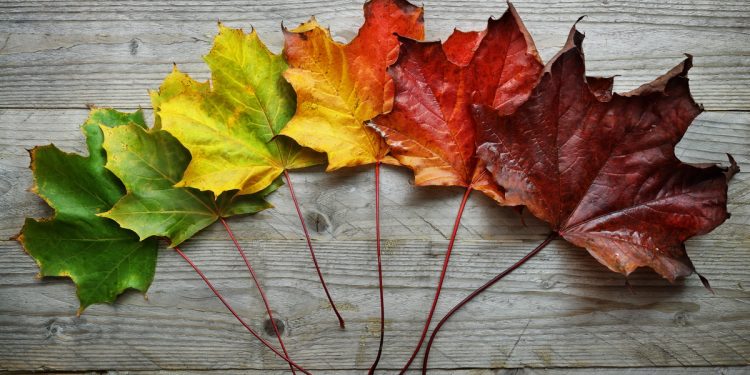
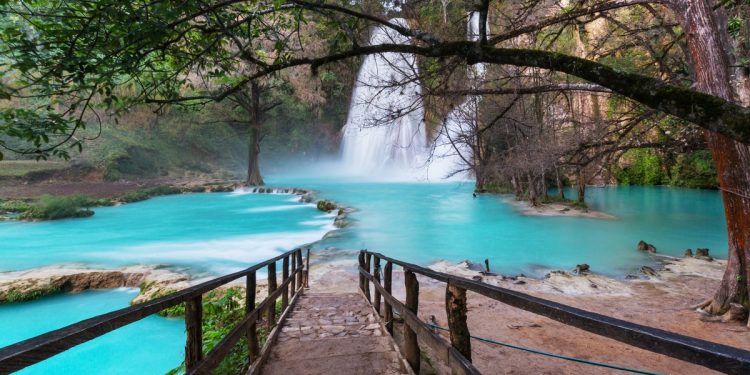
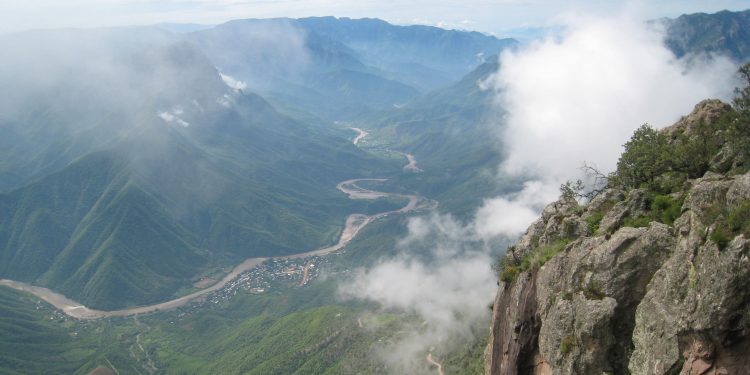



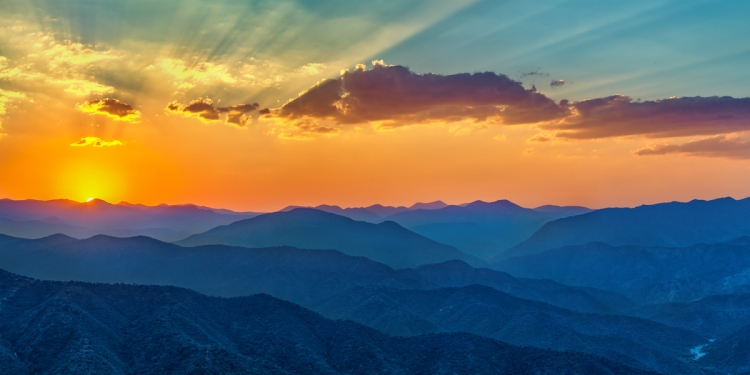

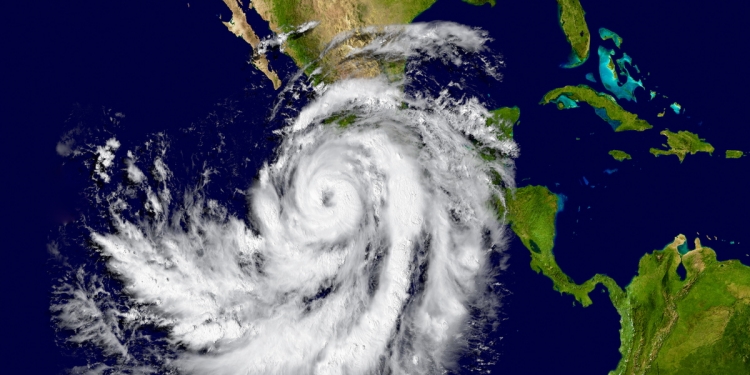

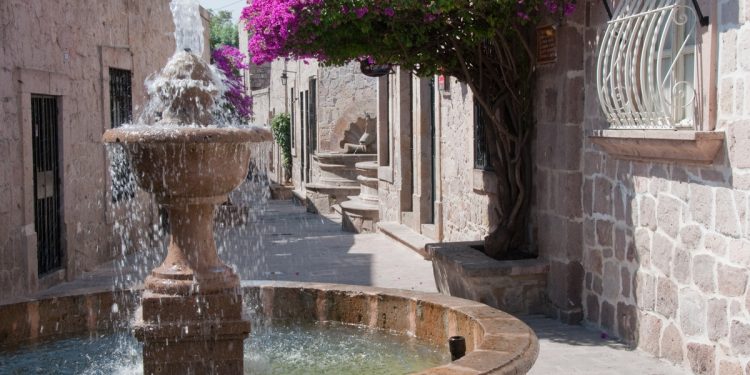

This article is beautifully written as well as being informative. It also emphasizes the great variety of seasonal climes in this wonderful country.
Thank you!